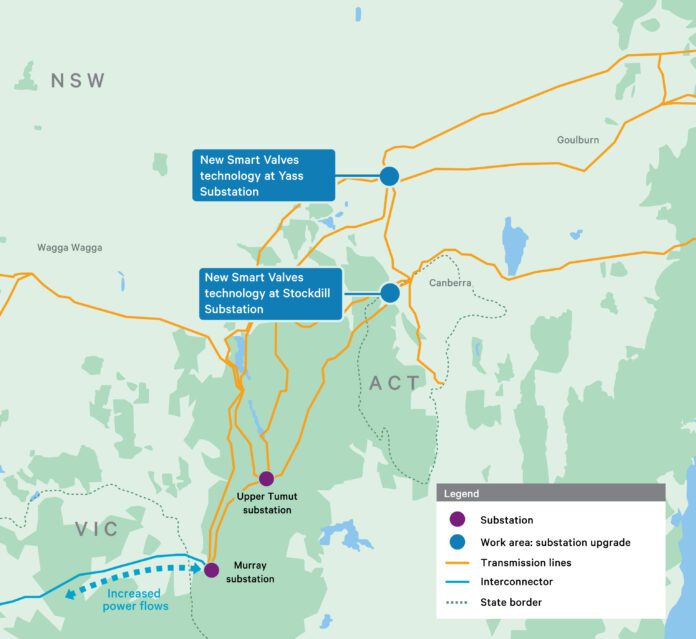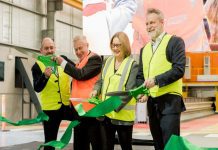
The Victorian Government has permitted the Australian Energy Market Operator (AEMO) to start early works on the Victoria-New South Wales Interconnector (VNI) West project.
According to the State Government, the VNI West can potentially increase the State’s import and export capacities with NSW by over 1,000 megawatts.
The State Government said transmission projects like VNI West are critical to delivering more affordable and dependable renewable and storage capacity as Victoria transitions from coal-fired power.
Between 1,900 and 5,000 MW worth of new renewable energy projects will be made possible in Victorian Renewable Energy Zones (REZs) thanks to VNI West. It will also open up a new market for Victoria’s offshore wind energy and give access to NSW projects like Snowy 2.0.
Minister for Energy and Resources Lily D’Ambrosio stated that as ageing coal-fired power plants retire and become increasingly unreliable, Victoria is facilitating a once-in-a-generation transformation of our renewable energy infrastructure while creating thousands of jobs.
“Bringing forward VNI West means we can connect cheaper, more reliable renewable energy sooner, putting downward pressure on energy prices,” Minister D’Ambrosio said.
An Order has been obtained under the National Electricity (Victoria) Act 2005 (NEVA), allowing the market operator to begin preparatory and planning work immediately.
This will accelerate critical development operations such as stakeholder and community participation, land use planning, detailed engineering design, and cost estimation. Procedures like the Environment Effects Statement (EES) will be able to begin later in 2023, a year earlier than expected.
In response to valuable comments from local communities, Traditional Owners, and regional stakeholders, AEMO will also investigate alternate possibilities for VNI West, including the WRL connection point. This additional analysis and consultation will allow AEMO to evaluate and select the project option that best meets local needs.
The VNI West Project is part of the State Government’s effort to reduce emissions with renewable energy objectives of 65 per cent by 2030 and 95 per cent by 2035, which would drive down power prices and create 59,000 employment.


















